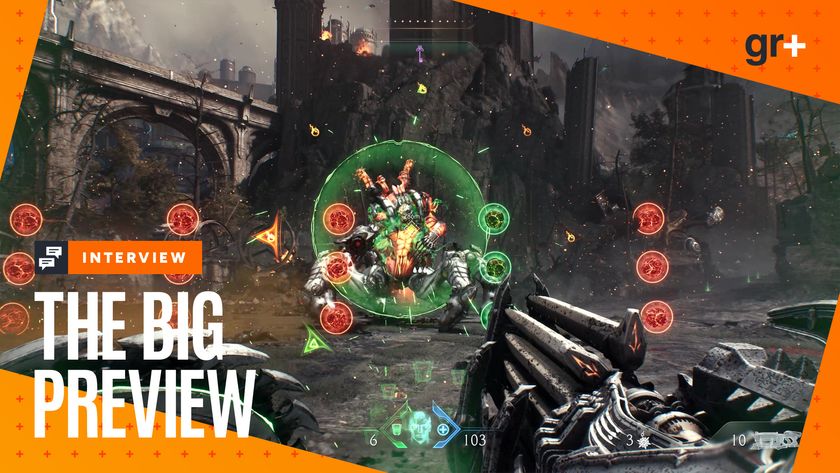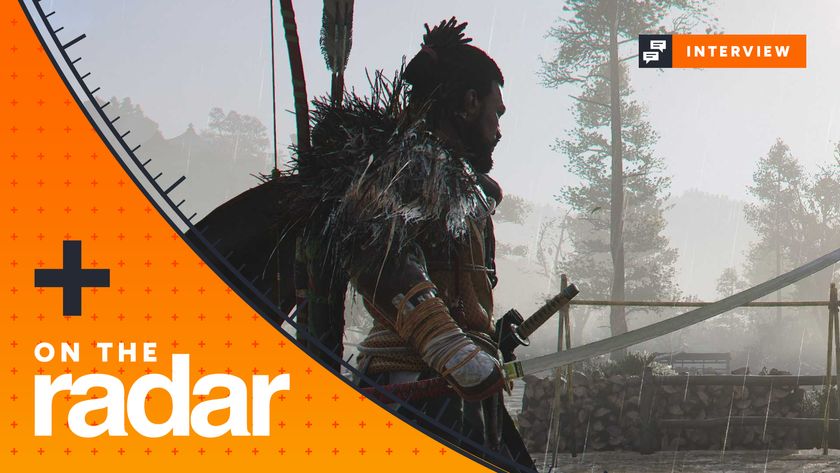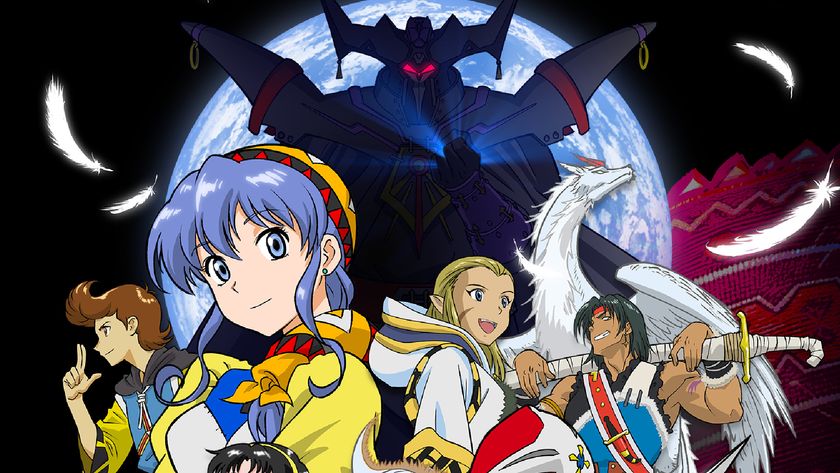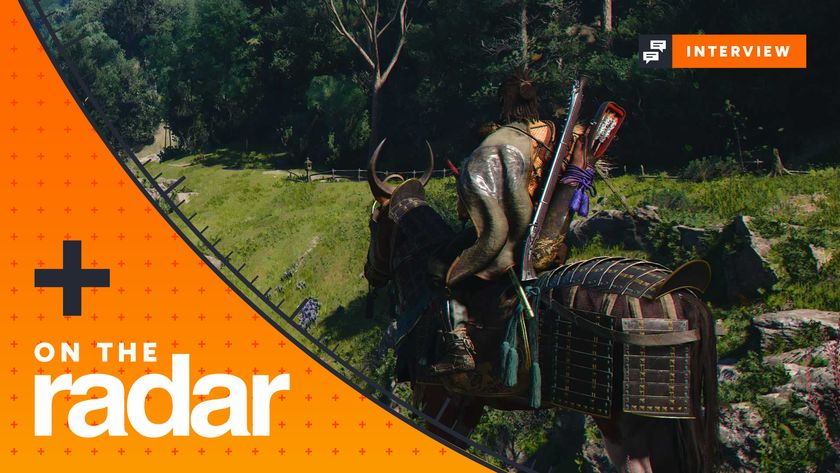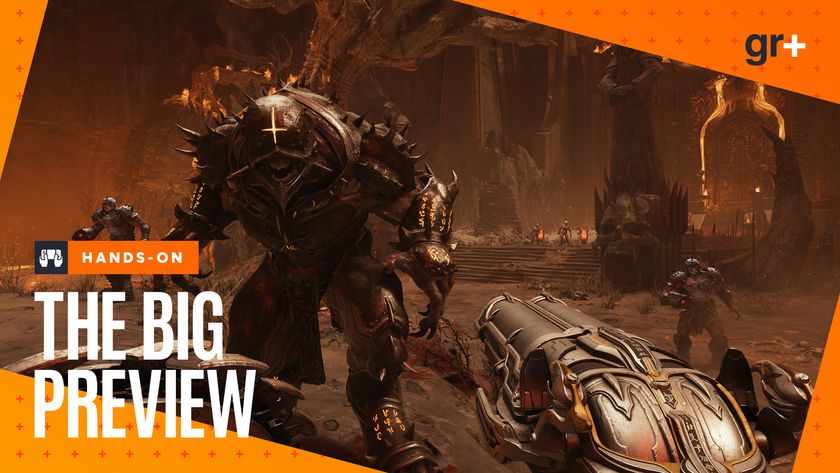Empire: Total War – hands-on
Strategy gaming's most epic franchise expands to encompass sea warfare
Not that he cared; though the British lost, it felt a lot like a victory. While Empire: Total War pushes the series forward in a number of ways - a setting in the 18th century, a refinement of the diplomatic model, a representation of the effects of gunpowder and politics, to name a few - Creative Assembly seems particularly proud of its ships. Designer Jamie Ferguson recalls when the team managed to get the first LAN-skirmish working, and he and fellow Designer Ian Roxburgh did battle in front of a genuine crowd. “Everybody was gathered around our desks, just staring at it,” he says. Does he remember who won? “It didn’t matter who won. It was just great fun.” We can presume that translates as, “Ian.”
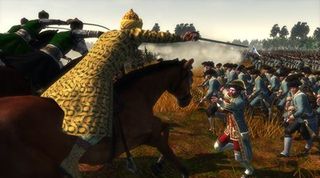
That the ships have been so long in the making seems natural, given Creative Assembly’s tendency to leverage deeper warfare simulations from technological improvements. The original Shogun emerged as the result of 3D engine technology that rendered realistic terrain, and thus allowed for a game based on realistic tactical decisions. Rome’s more advanced sieges were only possible because of the game’s beefier engine. And now, Empire’s ships, complete with crews and total destructibility, are the team’s latest technological love letter to PC gaming.
“In a land battle, you can see if a unit is half-destroyed, because 50 are dead and there are 50 left,” says Ferguson. “With a ship, it’s a little more subtle. If we’d tried to do this eight years ago, we’d have been in trouble. The fidelity of graphics nowadays allows you to see which mast has collapsed. These are the spectacles of naval warfare - without them, you can still make an interesting game, but it won’t necessarily be a visual feast.”
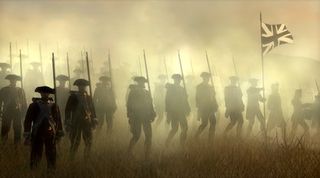
All that power under the hood has meant grappling to find the right level of complexity, though - the team even played with the concept of individual deck control, and direct control of boarding parties and fire crews. Turns out it could all work, “if you were [only] controlling one ship,” grins Lead Designer, James Russell. As it is, the team approached the ship as if it were analogous to a unit on the battlefield, where you’re managing up to 20 individuals in a conflict. Luckily, autofire and units moving in formation relative to one another make things relatively painless, and leave you free to micromanage areas you think need to be tweaked, like timing specific volleys from specific ships.
Another area where total realism took a hit: tacking (i.e., zig-zagging your ship) to move into the wind, which isn’t as simple as just sailing at an angle. “It sounds like a good idea,” Ferguson says, “but what it means is that if you click somewhere, the ship goes off in a completely different direction." After attempting to make the mechanic mandatory, the team eventually chose to make things simpler: Wind greatly affects a battle in terms of the ships’ speed and direction - a “North Sea in winter” battle will be fought at least as much against the elements as against your opponents - but tacking won’t ever be necessary. Instead, those who choose to give it a whirl will be rewarded with a speed bonus.
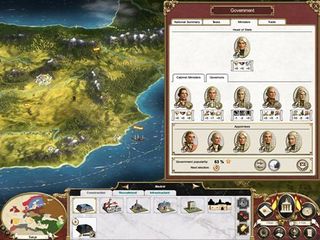
Sign up to the 12DOVE Newsletter
Weekly digests, tales from the communities you love, and more
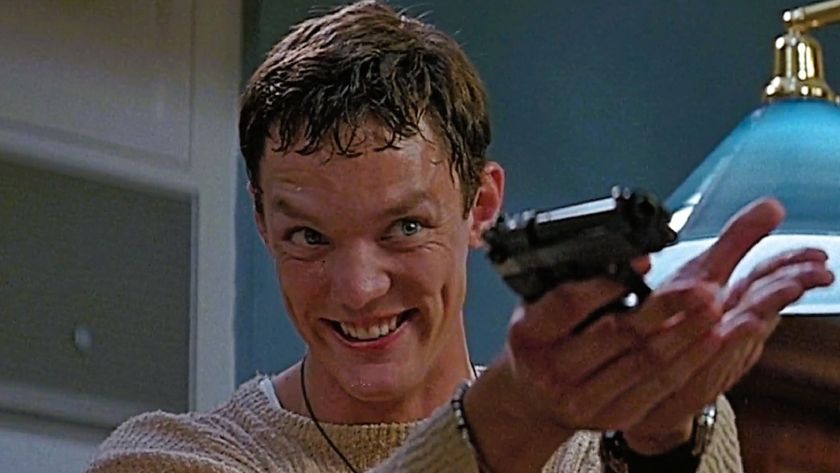
Matthew Lillard explains why he's "very excited and slightly terrified" to return for Scream 7: "I hope I don't F it up"
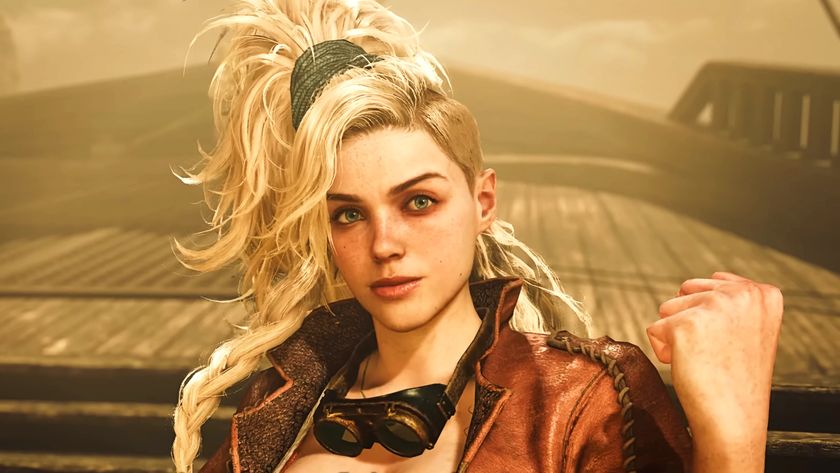
Monster Hunter Wilds director reveals upcoming "balance changes" for the action RPG, including weapon improvements and nerfs for the "unintentionally overpowered"
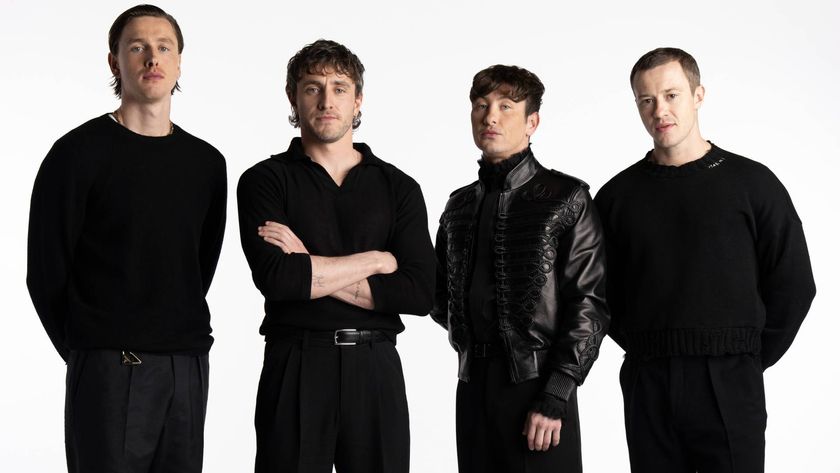
Gladiator's Paul Mescal and Saltburn's Barry Keoghan finally confirmed for the long-rumored Beatles cast in a first look announcing the wildest release strategy
